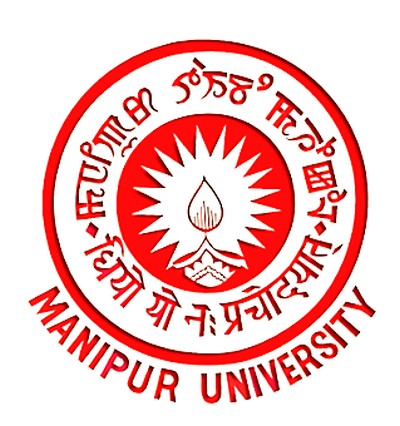Survey Sampling Methods : Book Releasing Function
Date - 30th January 2018

INVITATION FOR BOOK RELEASING FUNCTION
You are cordially invited to attend the Book Releasing Function organized by the RESEARCH INSTITUTE OF SCIENCE AND TECHNOLOGY (RIST), IMPHAL in collaboration with Mathematics Department and Statistics Department, M.U..
VENUE & DATE:
SEMINAR HALL, DEPARTMENT OF MATHEMATICS, MANIPUR UNIVERSITY
Tuesday, 30 January, 2018 at 2.30 p.m.
Title of the book: Survey Sampling Methods
Publisher: PHI Learning, ISBN: 978-93-87472-41-9
Author: Laishram Ladusingh
International Institute for Population Sciences, Mumbai
About the book
The book, comprising the latest developments in sampling techniques, presents a blend of theoretical and practical aspects of sample survey, thus highlighting the context of applicability of various sampling methods.
Divided into thirteen chapters, the text discusses fundamentals of sample survey, provides basics of unified sampling approach, inculcates equal and unequal probability sampling concepts; introduces complex survey designs, including stratified, cluster, multi-stage sampling, ratio and regression estimators comprehensively. Inclusion of the topics on sampling weight calibration is an exclusive feature of the book as it enables the readers to take a breather from the use of heavy mathematical formulae and to engage and appreciate various sampling techniques.
Extensive illustration of the use of statistical software ‘STATA’ and ‘R’ in sampling and estimation provides opening for interface of theory and practice of survey sampling. Important topics of non-sampling errors and large-scale survey implementation process are augmented with real-life illustrations. In addition, the text apprises with the general method of estimation of population parameters applicable for all sampling procedures.
It is intended for the undergraduate and postgraduate students of statistics. Besides, it will be of immense use to the practitioners and researchers from the social science, medical science, demography, and public health domains.
KEY FEATURES
o Several illustrations of various sampling methods based on Census of India 2011 data are included.
o Numerous worked-out problems provide scope to practice and learn methods of sample survey.
o Chapter-end exercises help students to practice statistical problems.
o References given in the bibliography at the end of the book broaden its scope.
(N. Nimai Singh)
Convener,
RIST monthly popular talk series